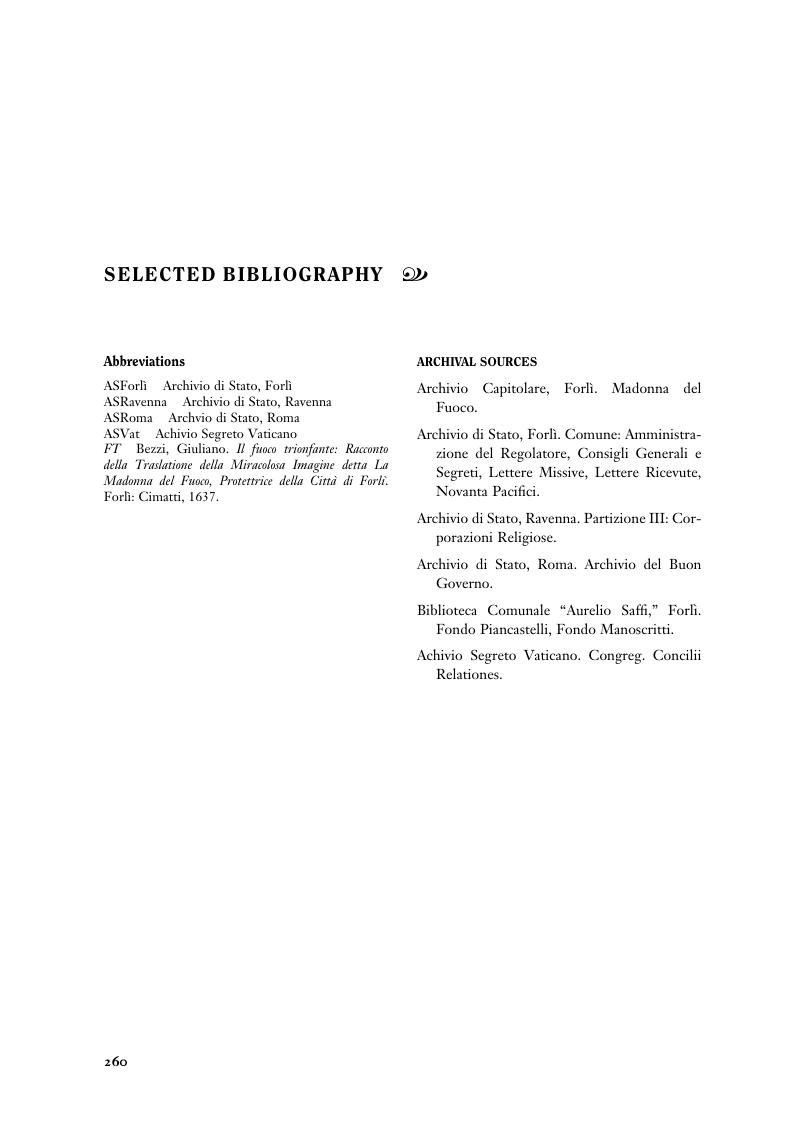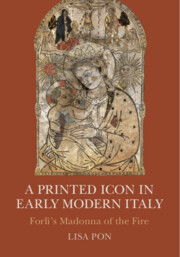Selected Bibliography
Published online by Cambridge University Press: 05 April 2015
Summary

- Type
- Chapter
- Information
- A Printed Icon in Early Modern ItalyForlì's Madonna of the Fire, pp. 260 - 282Publisher: Cambridge University PressPrint publication year: 2015



